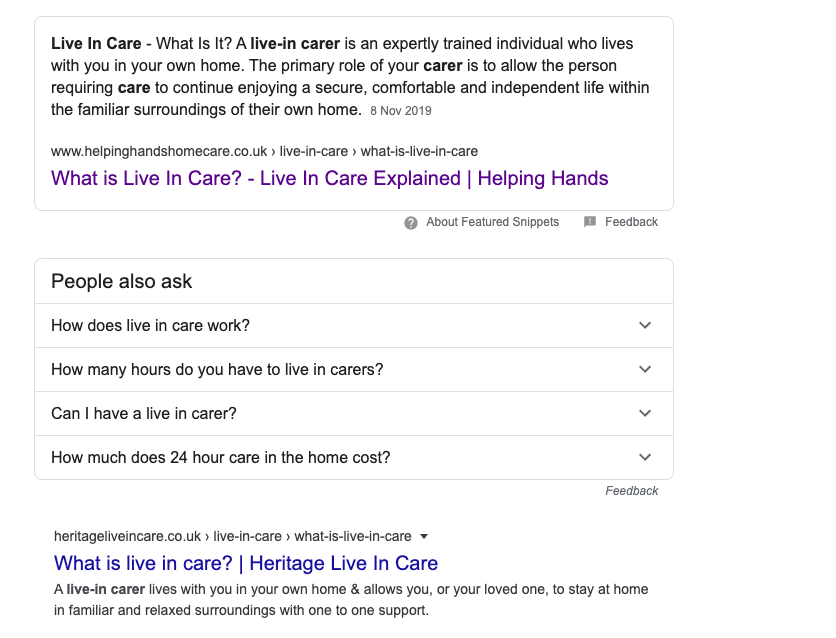Google is constantly making updates – thousands a year – although more extensive core updates understandably play a greater role in how search results will be generated. On the 4 May, 2020, Google announced that they rolling out a core algorithm update, the second one of its kind for this year.
This is a broad update which will affect everyone regardless of location, industry or language – but what does it mean for your business? Part of our work at Fibre is to properly understand exactly how these updates affect our clients, and how they can position themselves to stay ahead. We’re here to answer a few questions about the upcoming changes.
What are core updates essentially for?
Though the hundreds of smaller updates throughout the year go by largely unnoticed, core updates cause changes that can be very noticeable, internationally, and are likely to have obvious effects on the way your business shows up in search results.
This may not be a bad thing however – at Fibre we’ve noticed that some sectors are more negatively impacted while others will actually see a gain in their search rankings. Updates generally aim to improve content relevancy for users, but this does mean that businesses need to routinely reappraise their SEO strategy and be aware of how any updates affect their visibility.
How long does the update take to have effect?
Though the rollout is live currently, it’s likely still too early for businesses to notice any major effects. Typically, updates of this size take around a week or two to be established fully. Google’s first core update of this year was in January.
What kind of content will fare better after the update?
Google’s algorithms are designed to reward content that is more likely to satisfy users’ queries. If your content has dropped in relevancy since the last core update, its new search ranking will reflect this. On the other hand, some content will in fact perform better. There are no hard and fast rules – every business needs to do a careful assessment of pre-existing content to find out what’s working and what isn’t.
Wouldn’t the Coronavirus prevent Google’s updates?
The straightforward answer is no. Google have confirmed that scheduled updates will take place regardless. This could be worrisome, especially for those businesses who are already experiencing some volatility. Though some are choosing to essentially pause during lockdown and hold off on making strategic changes to their search marketing plan, it’s worth remembering that the new algorithms have not paused, and any losses experienced during this period may be difficult to recoup after lockdown lifts.
The unavoidable truth is that the Covid-19 pandemic has significantly altered not only consumer behavior but also online search behavior, with Google reporting, for example, that searches related to the virus have been the single most popular topic in the search engine’s history. Even casual users will have noticed the many changes Google has made to provide accurate information and data, as well as prioritise certain helpful content in the public interest.
Thus, Google’s update has rolled out as planned, but the criteria for “relevant” is greatly impacted by the needs of a world ravaged by the Coronavirus. The May core update may prove to be disruptive primarily because people’s searching behaviour is vastly different from what it was just six months ago. Some unexpected content topics are gaining in relevance while previously high performing ones will take a knock.
What you can do
In Google’s constant attempts to refine their search algorithms, businesses are forced to respond by increasing the quality of their sites. Though the changes can seem intimidating, many of the old rules still apply: businesses should always seek to be an authoritative and trustworthy source of truly valuable information, and reassess continually to make sure they’re hitting the mark.
A flexible SEO team can help you narrow down an intelligent strategy that exploits rising trends – such as increasing mobile use, the decline of text-rich content in favour of other formats, the rise of Google My Business and a growing focus on a more local perspective.









